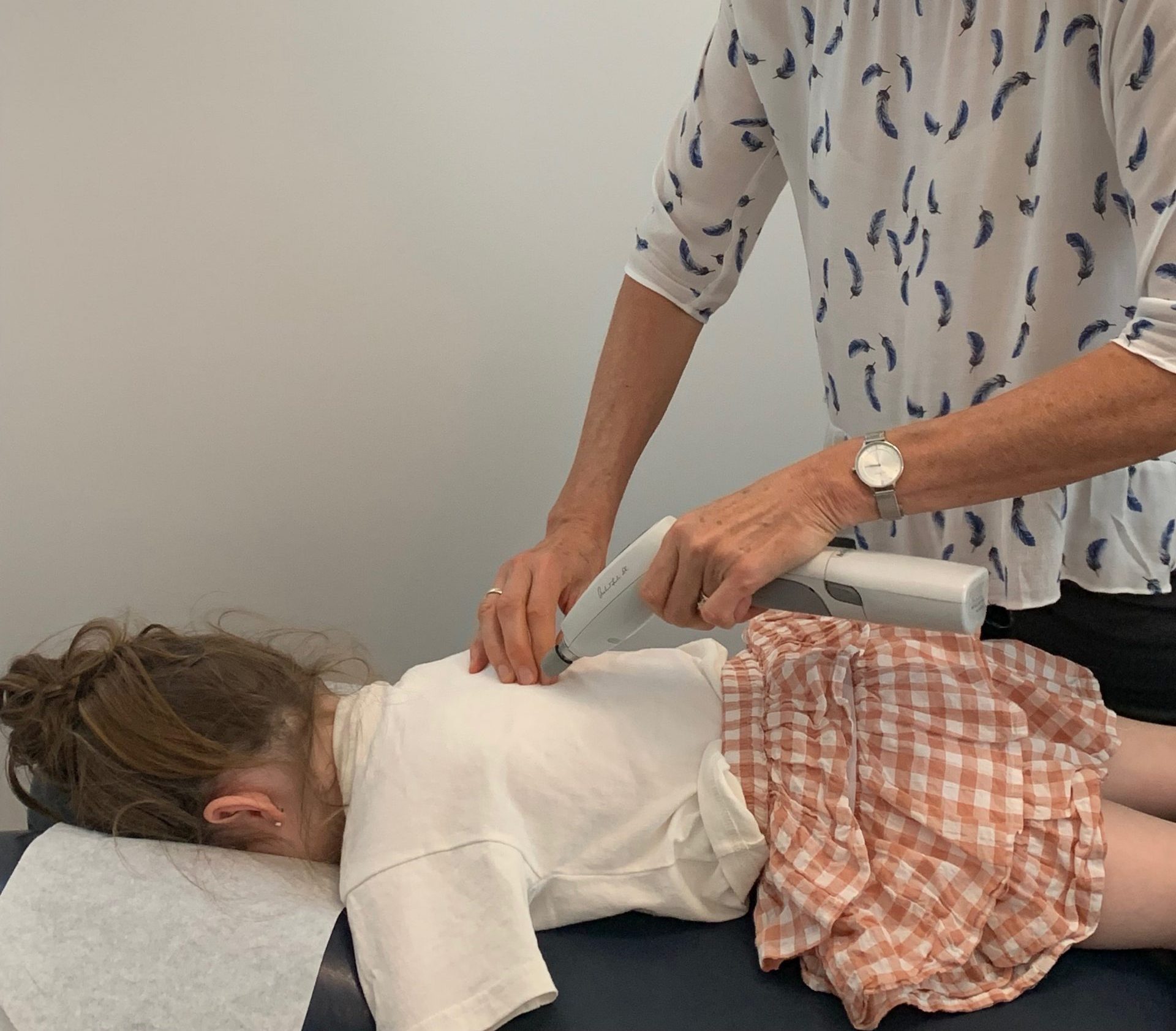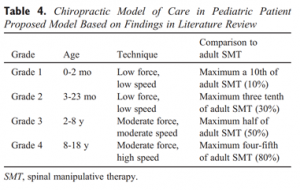Chiropractic Adjustments for Infants and Children
The Hippocratic Oath of ‘First, do no harm,’ is paramount for all health care providers, including chiropractors. It goes without saying that adjustments for a small child are very different to those given to an adult. The Chiropractic Board of Australia requires chiropractors to be cognisant of children’s different anatomical, physiological, developmental and psychological presentation and for chiropractors to modify their force and technique to suit the age and size of their patient.
When Aurelie Marchand looked into this ten years ago she found that 94% of chiropractors modify their care for their little patients by decreasing the force and the speed of their adjustments. The younger the child, the more the technique was modified to suit. Marchand then went one step further, wanting to establish recommendations for how much force to use in children of different ages and sizes. This led her to conduct a literature review looking at the tensile strengths of spinal specimens of adults and children. Thank goodness, no studies had ever been performed in humans that showed what force was required to seriously hurt someone. Instead, she looked at studies that measured the traction weight needed to decapitate cadavers (YUCK!!). From this information she was able to construct guidelines for safe levels of force and speed to apply to children’s spines compared to adults. This is her conclusion:
A PROPOSED MODEL WITH POSSIBLE IMPLICATIONS FOR SAFETY AND TECHNIQUE ADAPTATIONS FOR CHIROPRACTIC SPINAL MANIPULATIVE THERAPY FOR INFANTS AND CHILDREN
Marchand, JMPT Nov/Dec 2015
In my recent survey of Australian chiropractors, I found that four out of 446 chiropractors did not modify their technique for babies and children. However, when looking further into this, the four chiropractors indicated that the techniques they used were touch and hold, SOT, cranial and activator, so it could be argued that these techniques are safe to use unmodified in these age groups.
If you want to learn more about providing the best care for the little ones in your practice join us at a Switched-on Kids and/or Switched-on Babies seminar.




